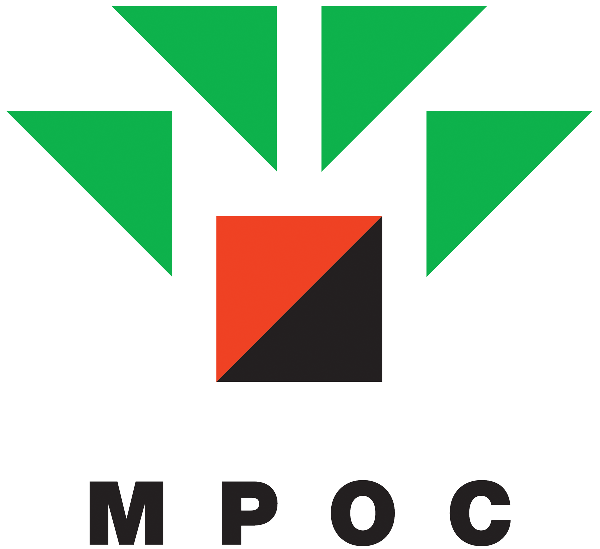Understanding Palm Acid Oil
Palm Acid Oil (PAO) is defined as a by-product obtained from the alkaline refining of palm oil, and it plays a crucial role in several industrial applications. Traditionally, PAO has been widely used for making laundry soaps and producing calcium soaps for animal feed formulations, thanks to its high free fatty acid (FFA) content. Beyond these conventional uses, PAO has evolved into a versatile raw material in modern industries.
Palm Acid Oil is essentially a distilled fatty acid fraction derived from palm oil mill effluent (POME) and chemically refined palm oil. It contains neutral oil, over 50% FFA, and minimal moisture (around 2–3%), making it suitable for biodiesel production, animal feed, and soap manufacturing. Although its FFA level is often slightly lower than Palm Fatty Acid Distillate (PFAD), PAO shares similar chemical characteristics, offering flexibility for oleochemical processes and renewable energy applications. This unique composition positions PAO as a cost-effective and sustainable alternative in global supply chains.
Market size and value
The global PAO market is estimated at USD 820 million in 2025, with projections indicating robust growth at a CAGR of 8.5% through 2034, reaching approximately USD 1.72 billion. This upward trajectory reflects the increasing demand for PAO as a feedstock in biodiesel production, driven by international renewable energy mandates and sustainability goals. Governments and industries worldwide are prioritising low-carbon solutions, and PAO’s affordability and chemical profile make it an attractive choice for meeting these requirements.
In addition to biofuels, PAO’s role in oleochemicals and animal feed continues to expand, supported by rising global consumption of soaps, detergents, and livestock nutrition products. The combination of cost efficiency, versatility, and alignment with green energy policies ensures that PAO will remain a strategic commodity in industrial markets for the next decade.
Application of PAO
- Biodiesel: PAO serves as a key feedstock for biodiesel due to its high FFA content, which is ideal for transesterification processes that produce renewable energy. Its demand is particularly strong in regions with biofuel blending mandates, such as Malaysia, Indonesia, and the EU. In Sweden, sustainability-driven policies have further accelerated the need for PAO in biodiesel production, creating a unique demand pattern within the EU.
- Oleochemicals: PAO is widely used in producing fatty acids and intermediates for industrial and cosmetic formulations, including glycerin and esters. These derivatives are essential for manufacturing lubricants, surfactants, and personal care products.
- Soap and Detergent manufacturing: Rich in lauric and palmitic acids, PAO enhances soap hardness and cleansing properties, making it a preferred ingredient for both industrial and household cleaning products. Its cost-effectiveness compared to refined oils adds to its appeal in large-scale production.
The Case of Unique Consumption of PAO in EU27
Within the EU-27, Sweden and Italy stand out as unique markets for PAO imports from Malaysia. In the first three quarters of 2025, Malaysia exported 64,151 MT of PAO worth MYR 237 million (€49 million) to these two countries alone. Sweden emerged as the largest importer, accounting for over 53,000 MT between January and September 2025, while Italy imported approximately 11,000 MT during the same period.
For Sweden, a nation of just 10.5 million people, this level of PAO consumption is remarkable, as it surpasses imports of other common palm-based products. No other EU-27 market imported PAO in such significant volumes, highlighting Sweden’s unique industrial demand for palm-based derivatives. Italy’s entry into PAO imports in 2025, after recording zero imports in 2024, signals a promising growth opportunity for Malaysian exporters in Europe.
PAO and its Sustainability
Malaysia’s commitment to sustainability is gaining global recognition through the enhanced Malaysian Sustainable Palm Oil (MSPO) 2.0 certification, which now includes traceability, greenhouse gas management, and protection of High Conservation Value (HCV) areas. These standards align with the EU Deforestation Regulation (EUDR) and the United Nations Sustainable Development Goals (SDGs), positioning Malaysian palm oil derivatives, including PAO, as premium, responsible products in international markets.
With rising demand for sustainable aviation fuel (SAF) and green energy, palm-based biofuels offer Malaysia a strategic export advantage. The ability to supply renewable energy feedstocks to both domestic and global markets reinforces sustainability as not only an ethical imperative but also a commercial opportunity, strengthening Malaysia’s role in the global energy transition.
The Advantages of Sourcing PAO from Malaysia
High-quality PAO
Malaysia, as one of the largest palm oil producers, offers advanced refining capabilities and technical expertise, ensuring PAO with high FFA content essential for biodiesel, soap, oleochemical, and animal feed applications. Unlike Europe, which primarily processes rapeseed and sunflower oils, Malaysia specialises in palm-based derivatives, guaranteeing superior product consistency.
Competitive Prices
Malaysia’s well-established refining infrastructure delivers economies of scale, enabling competitive pricing for EU markets such as Sweden and Italy.
Sustainability Requirements
Malaysian suppliers provide MSPO-certified PAO, meeting stringent EU sustainability and renewable energy mandates, which is critical for companies operating under EUDR regulations.
Conclusions
Sourcing Palm Acid Oil (PAO) from Malaysia offers European buyers a strategic advantage in terms of cost, quality, and sustainability. By leveraging Malaysia’s expertise and robust export network, European companies can secure a consistent supply, meet regulatory requirements, and optimise production costs, making Malaysian PAO the preferred choice over locally sourced alternatives.
Prepared by Hajar Shamsudin
*Disclaimer: This document has been prepared based on information from sources believed to be reliable but we do not make any representations as to its accuracy. This document is for information only and opinion expressed may be subject to change without notice and we will not accept any responsibility and shall not be held responsible for any loss or damage arising from or in respect of any use or misuse or reliance on the contents. We reserve our right to delete or edit any information on this site at any time at our absolute discretion without giving any prior notice.





